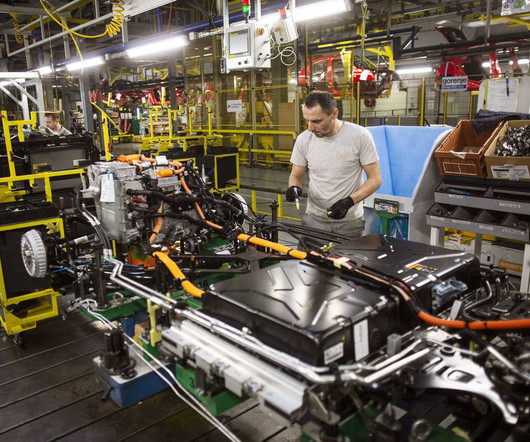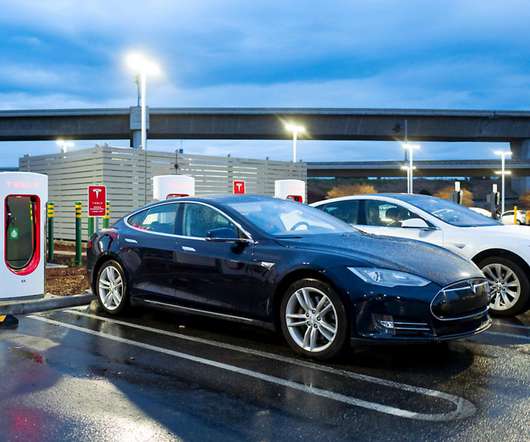Global WorldAutoSteel Project Presents Interim Results of FutureSteelVehicle (FSV) Phase 2 Project for Low GHG Body Structure for Electrified Vehicles
Green Car Congress
MAY 7, 2010
WorldAutoSteel,the automotive group of the World Steel Association, has presented findings on the progress of FutureSteelVehicle (FSV) Phase 2, a global steel industry effort to develop advanced high-strength steel (AHSS) architectures for electrified vehicles that reduce life cycle greenhouse gas (GHG) emissions. POSCO - South Korea.












Let's personalize your content